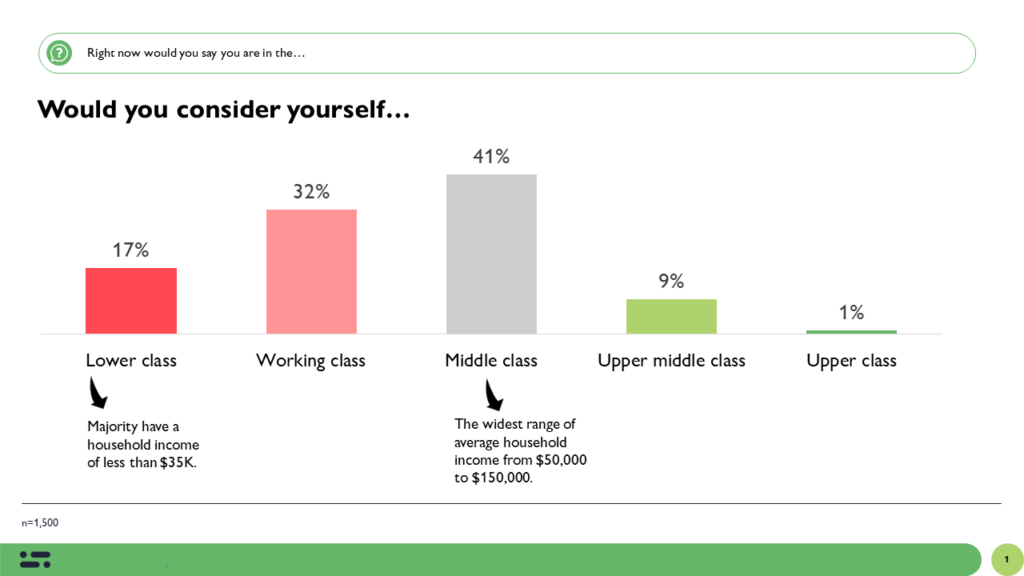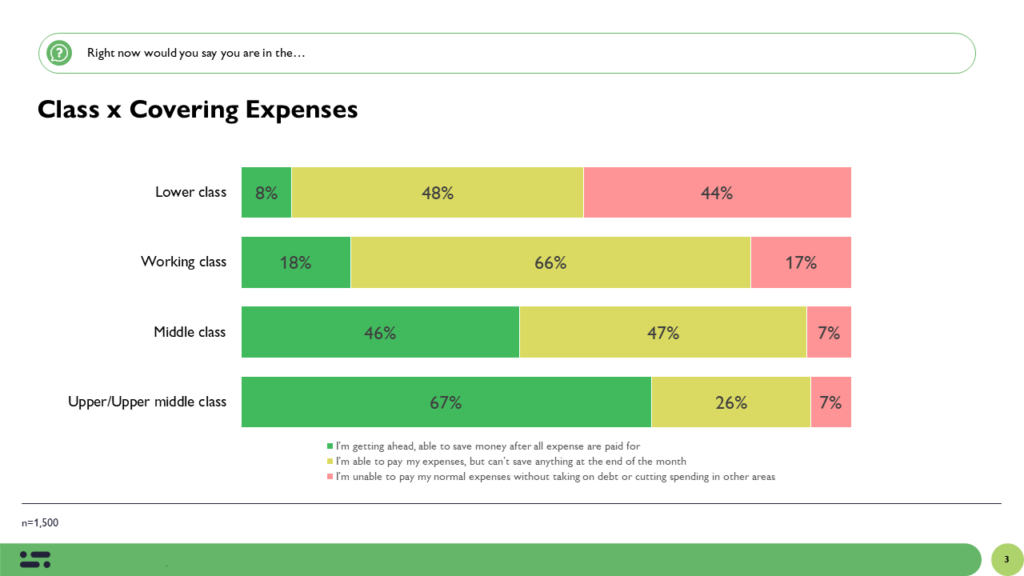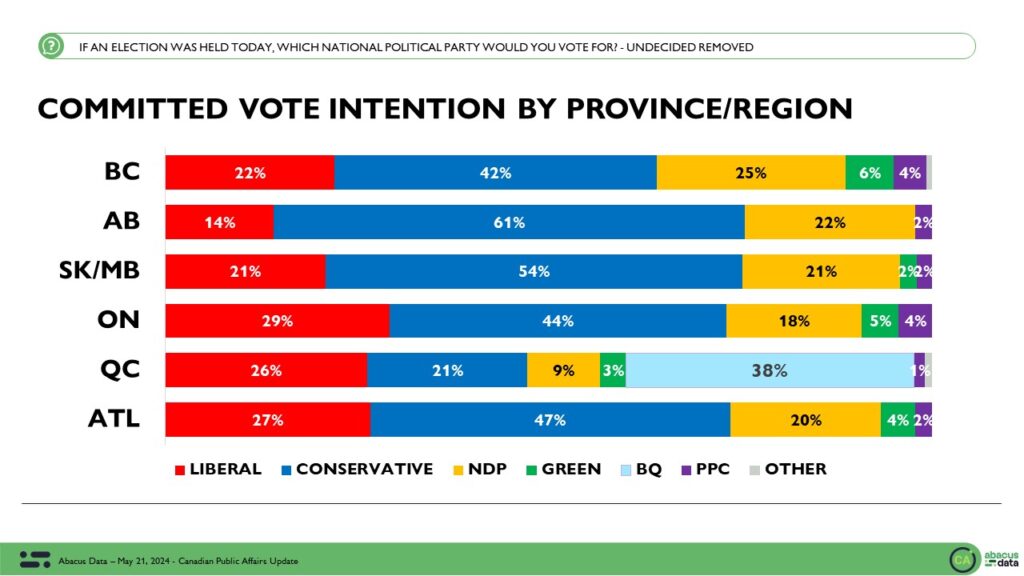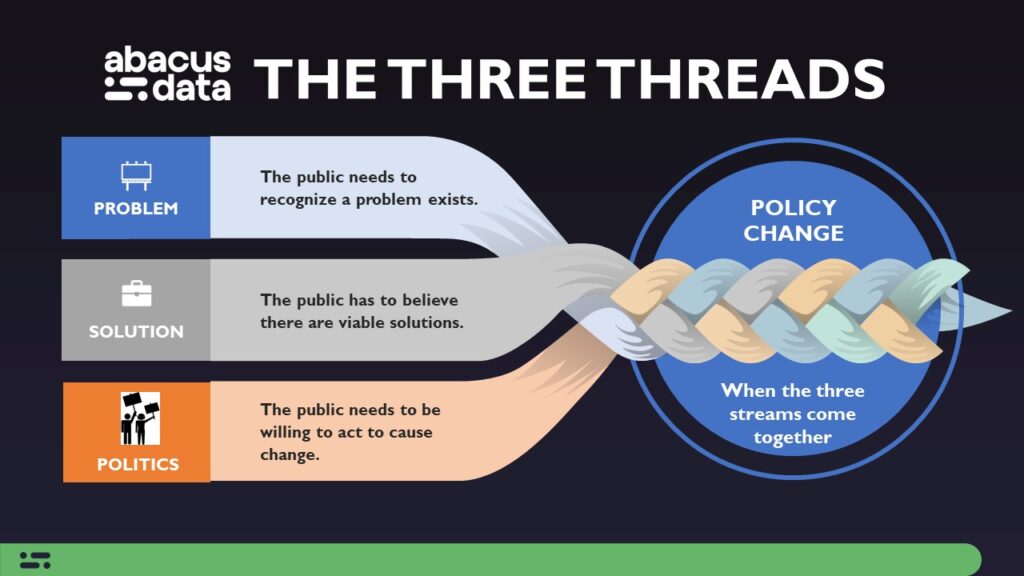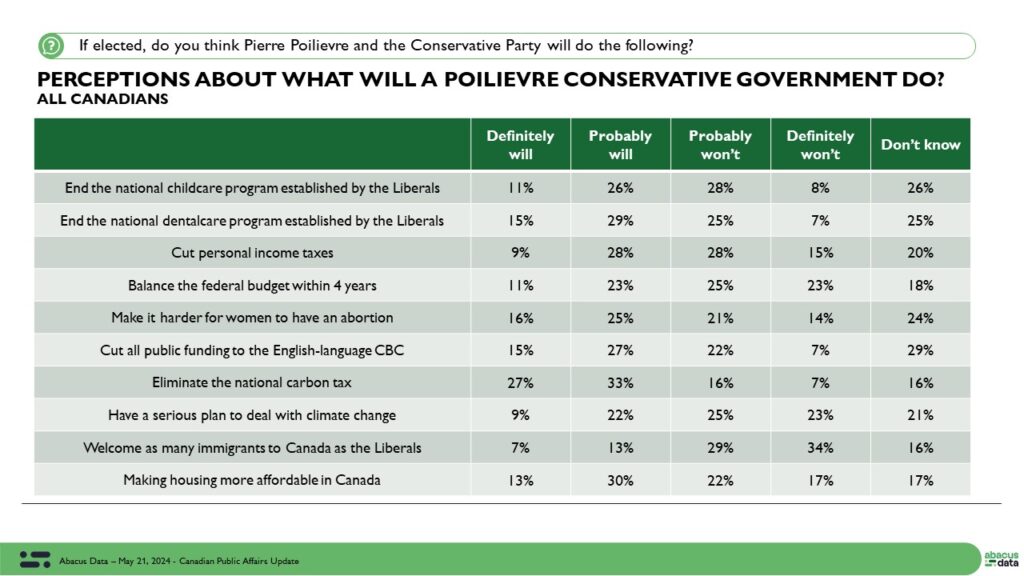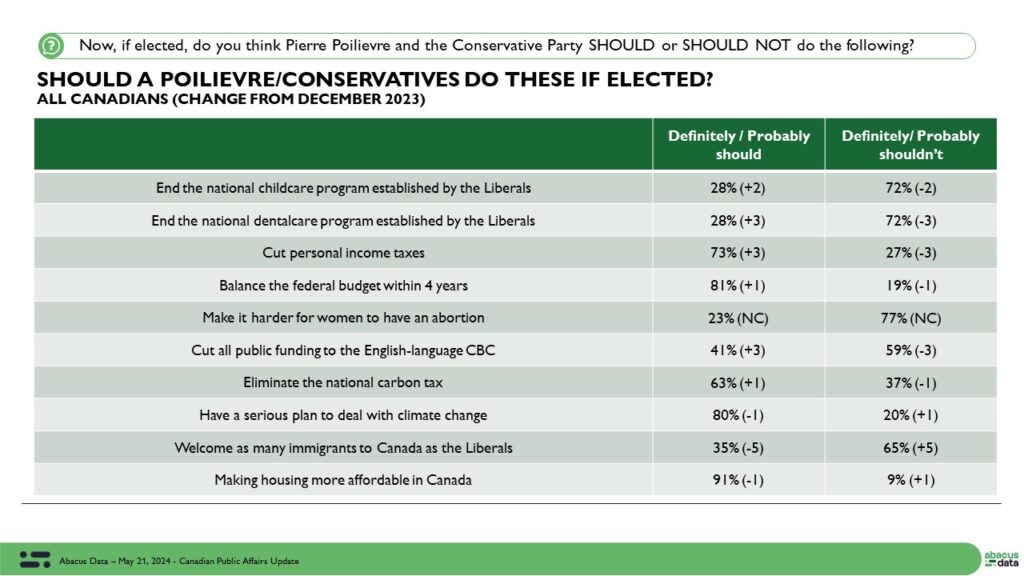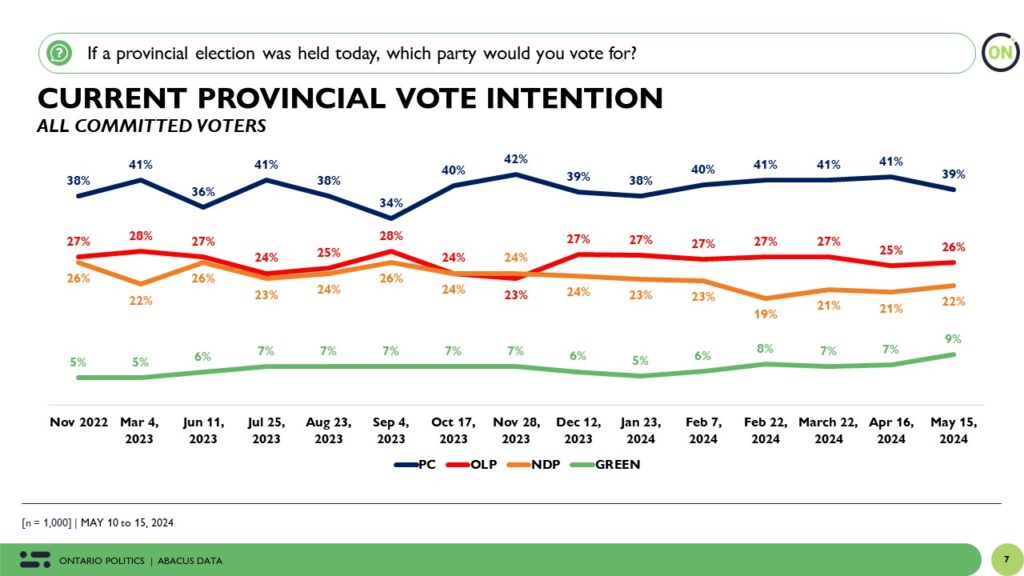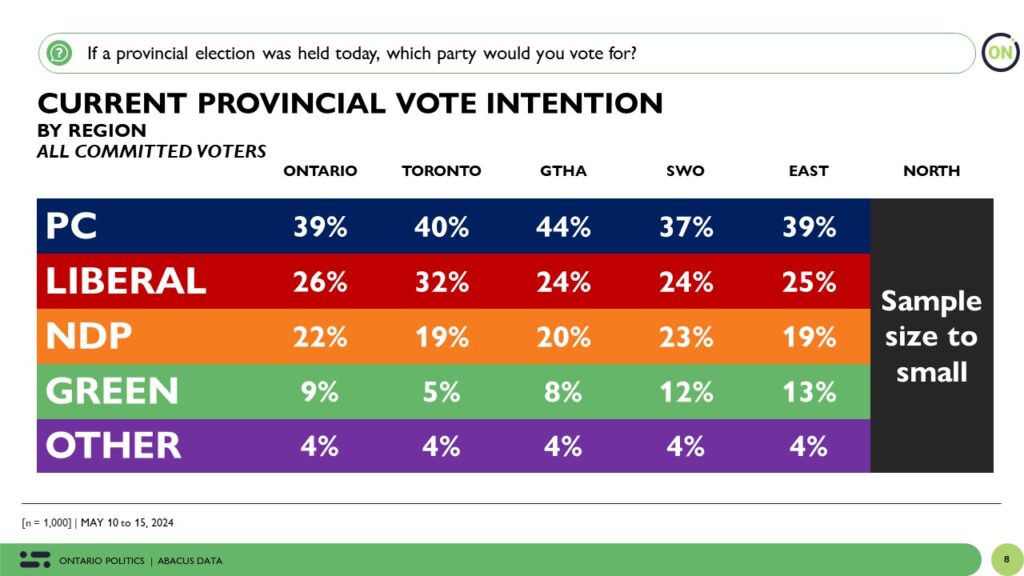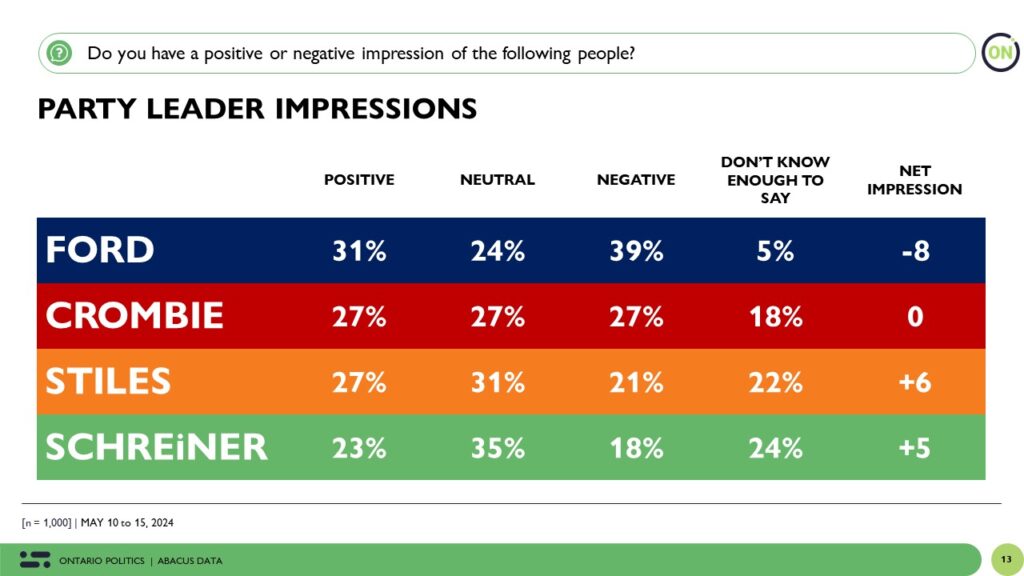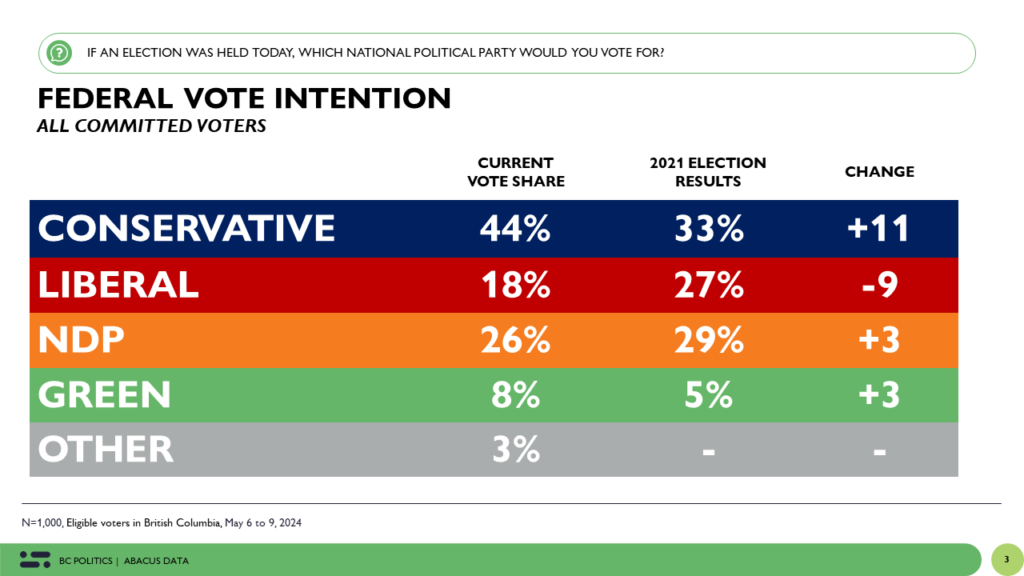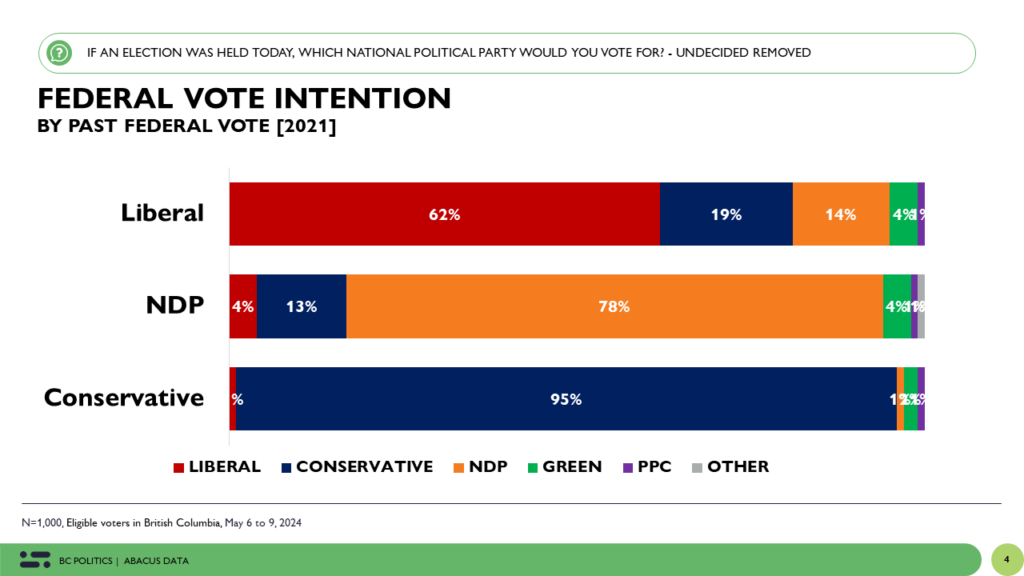Healthy or not: The dynamics of public perceptions about nutrition, exercise and lifestyle
Abacus Data conducted a nationwide survey earlier this year (1,500 Canadian adults from February 29 to March 6, 2024) to explore health perceptions among Canadians.
The findings from this study underscore the impact of cultural trends and advances in scientific knowledge, often reflected in national guidelines. But they also show diverse perceptions and views across some items and large generational differences.
Canadians were asked which of two behaviours is healthier. Overall, there’s widespread consensus on the healthiness of getting a solid 8 to 9 hours of sleep at night (rather than taking short naps throughout the day), the benefits of a balanced mix of plant and animal proteins for a healthy diet (rather than plant-based only), and favour cooking with olive oil (rather than vegetable oil), eating whole eggs (rather than just egg whites), and using butter (rather than margarine). Eating a lot of small meals throughout the day (69%) is also seen as healthier than eating larger meals in a shorter time period, while eating an hour before bed (58%) is typically regarded as unhealthy.

When asked more specifically, while most find it unhealthy to skip breakfast (65%), there is less consensus on whether having a muffin and orange juice constitute a healthy breakfast. While 45% agrees this a healthy breakfast, 30% find it neither healthy nor unhealthy, and 23% unhealthy.

Similarly, most think taking daily multivitamins is a healthy behaviour (70%) while more think it’s healthier to get nutrients from a healthy diet only rather than from using supplements. But one in three Canadians think it’s healthier to use supplements, and not just rely on a healthy diet for getting nutrients.

Differences in health perceptions: Cultural and social contexts
The perception of what constitutes a healthy lifestyle is often shaped by the campaigns, especially national guidelines, and the health information individuals were exposed to during their formative years. In the 1980s, for instance, government advice centred around low-carb, low-fat diets, advising against the consumption of cholesterol.
Newer research, which has challenged the negative consequences of carbs and fat, particularly cholesterol, has shifted the emphasis in national guidelines. Today, scientific and government advise centres on the negative consequences of ultra-processed food and emphasizes the importance of labelling.
Younger adults are also more likely to be exposed to health information through the internet and social media, shared by influencers and health gurus, which have created new ‘diet cultures.’
In our survey, older individuals (62%) are more likely to find it healthier to follow a low-carb diet, while younger people are more likely to perceive a low-ultra processed food diet as healthier. This likely reflects younger individuals’ exposure to recent campaigns prioritizing local and organic products, over ultra-processed food.

Comparably, older individuals see cutting out fats as healthier, likely a reflection of their exposure to the ‘war on fat’ messaging. Those aged 60+ are significantly more likely (74%) to view cutting as much fat from your diet as possible as healthy, whereas only 50% of those under the age of 60 feel this way.
Older individuals (79%) also perceive the consumption of dairy as healthier compared to younger adults (56%), likely a reflection of the extensive promotional campaigns for milk and dairy and its messaging surrounding bone strength and other benefits.

Generational differences also extend to exercise preferences: younger individuals (41%) perceive weight training as healthier, compared to older adults (15%). Conversely, older adults (85%) are more likely to find cardio workouts healthier, than younger age groups (59%).
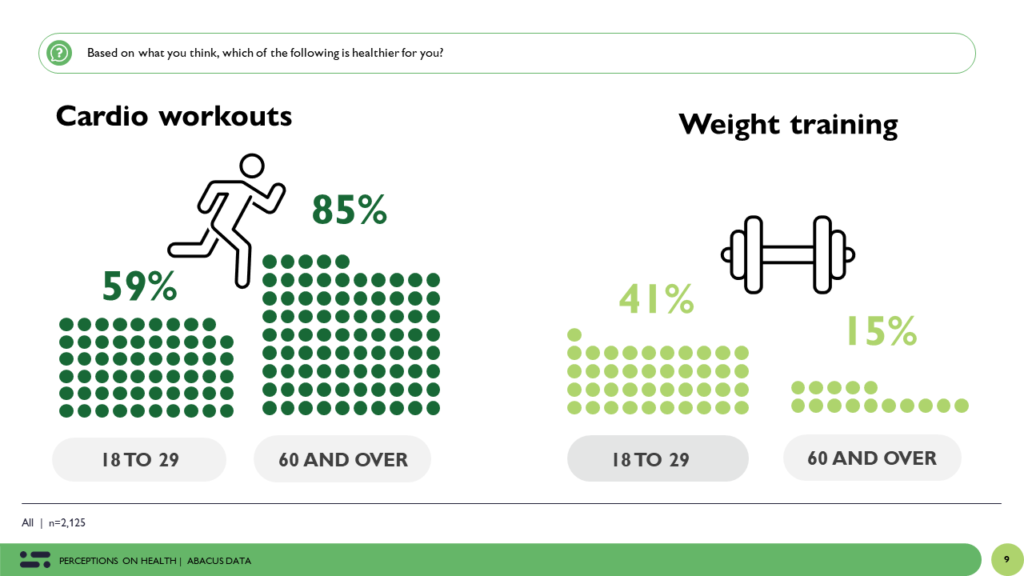
Gender differences in health perceptions also reveal distinct preferences. Women (76%) see the consumption of daily multivitamins as healthier than men (66%), and are more likely to emphasize the health benefits of fermented foods (36%) than men (26%).
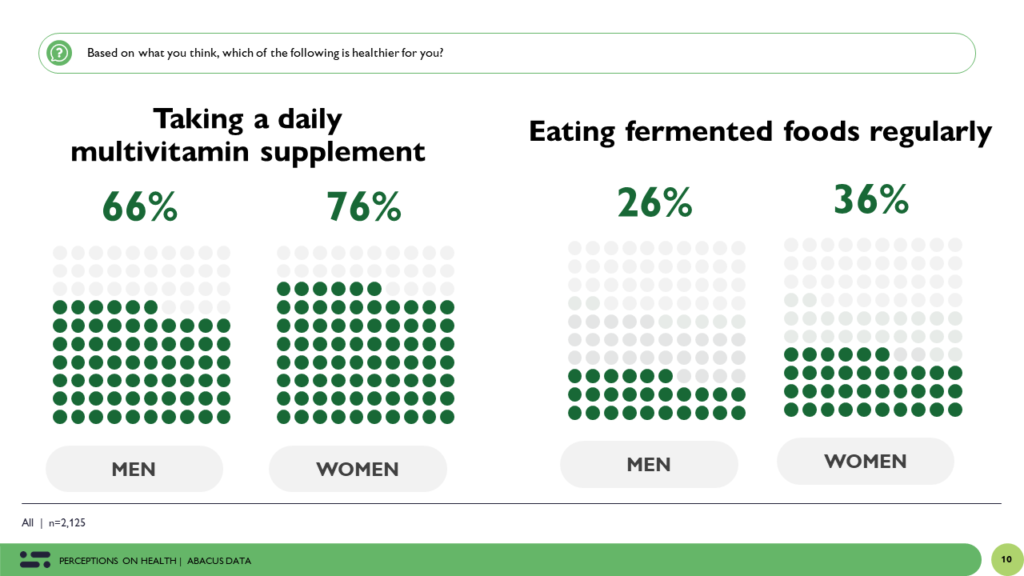
In contrast, men are somewhat more likely to view drinking a glass of wine (36%) or consuming sugar-free beverages such as pop (23%) as healthy, than women (28% and 17% respectively).

As with generational differences, gender preferences also extend to perceptions on exercise. While both men and women find low-intensity training workouts healthier than high-intensity training workouts, women (71%) are more likely to view low-intensity training as healthier than men (63%). Conversely, men (37%) are more likely to perceive high-intensity training workouts than women (29%).

Finally, health perceptions not only reveal current trends but also highlight gaps in public awareness. When asked if drinking a glass of wine, a day is healthy, the majority of individuals (39%) find it neither healthy nor unhealthy, while 5% are uncertain. Guidelines on consumption of alcohol have changed over the last couple of year, which may contribute to a lack of consensus.
People are also most uncertain about the health impacts of newer trends such as eating fermented foods regularly (16% don’t know) and fasting for 14 to 16 hours a day (8%).

In particular, the likelihood of perceiving fermented foods as healthy increases with education and income. Individuals with university completed are most likely to find fermented foods healthy (38%) and least likely to be unaware of the benefits (12%), while those with high school or less are least likely to find it healthy (24%) and most likely to likely to be unaware (19%).
The difference is similar when it comes to income. Individuals making over $150,000 are most likely to find fermented foods healthy (36%) and least likely to be unaware of the benefits (10%), while those making less than $150,000 are least likely to find it healthy (29%) and most likely to likely to be unaware (18%).

The Upshot
The answer to the question of ‘what is healthy’ is dynamic and evolving over time, as scientific understanding, societal norms, and cultural influences change. In particular, there is a clear generation divide on health perceptions, reflecting the profound impact of historical context on individuals’ beliefs about health and wellness. While older adults are more likely to emphasize the importance of low-carb and low-fat diets, younger adults find low-ultra processed foods more beneficial.
This divide on our understanding of nutrition is further reflected on other preferences such as exercise, the consumption of certain foods (like dairy or butter), and the focus on certain benefits, such as cutting fats.
As social and cultural contexts impact health perceptions, gender, education and income also play a role. Familiarity with emerging nutritional research, such as the use of fermented foods, illustrate the different exposure among certain demographics to ‘what is healthy.’
ABOUT ABACUS DATA
We are Canada’s most sought-after, influential, and impactful polling and market research firm. We are hired by many of North America’s most respected and influential brands and organizations.
We use the latest technology, sound science, and deep experience to generate top-flight research-based advice to our clients. We offer global research capacity with a strong focus on customer service, attention to detail, and exceptional value.
And we are growing throughout all parts of Canada and the United States and have capacity for new clients who want high quality research insights with enlightened hospitality.
Our record speaks for itself: we were one of the most accurate pollsters conducting research during the 2021 Canadian election following up on our outstanding record in the 2019, 2015, and 2011 federal elections.
Contact us with any questions.
Find out more about how we can help your organization by downloading our corporate profile and service offering.







